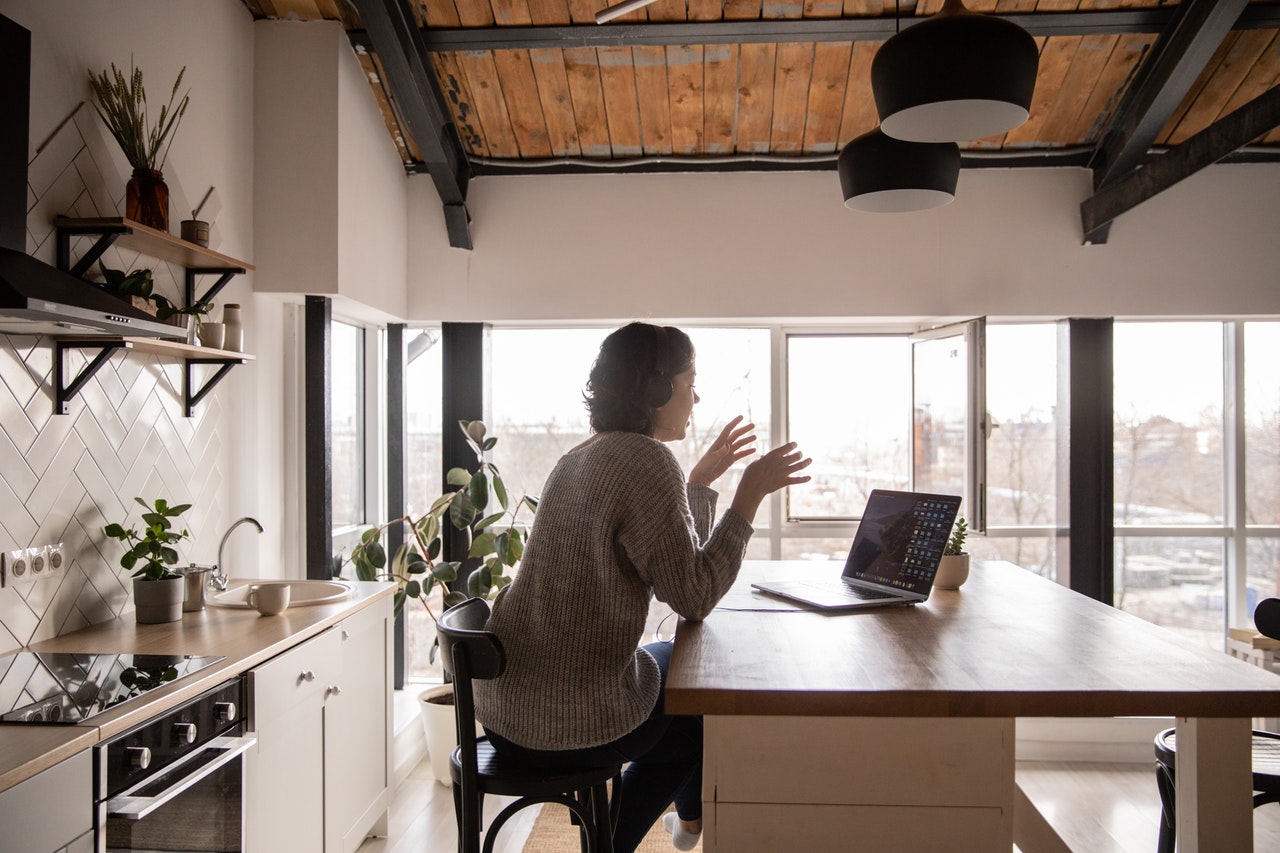Sometimes, we know precious little about the people living right next door. In fact, we know only what our neighbors have told us about themselves. For decades, it’s been commonplace to share a building with virtual strangers. We often don’t even know our neighbors’ names.

Needless to say, there are certain risks that go with this. You don’t have to take them because the majority of background check sites are quite easy to use. Providers like CheckPeople.com can help you find the information you need to put your mind at ease.
When to Check Criminal History
You might choose to delve into the possibility of your neighbor’s having a criminal background in certain situations. We outline some of these below.
- Their behavior is erratic, indicating the possibility of addiction
- You feel like they’re watching you come and go
- They avoid other neighbors, including you
- They have a lot of visitors at night, even if there’s little noise
- They make your child or spouse feel anxious
- You’ll need them to babysit or do odd jobs for you around the house
How to Run a Criminal Background Check
As criminal records are public, it’s not hard to obtain them at all. Doing research is a great way to stop feeling uneasy about a neighbor’s questionable behavior. Hopefully, you’ll unearth a clean record and feel safer in your home and in the neighborhood. But will research violate their privacy? You obviously don’t want problems with the law.
To put your mind at ease: getting a neighbor’s criminal records is perfectly legal because they’re not considered private data. They’re not like ID and credit information, which you need the subject’s consent to check.
Getting Your Questions Answered
Online background checks reveal information from a large variety of sources, including town census data, records within sex offender registries, property ownership records, court records, professional license details, and more. Typically, background checks yield information about past addresses, business information, former names, names and addresses of next of kin, workplace and occupation, age, and registered or owned boats or other recreational vehicles. You will also find social network information or even news if your neighbor has received coverage for whatever reason.
How Much Information do You Need to Run a Check?
You don’t need more than their address and last name. People are often able to do criminal background checks and arrive at comprehensive, in-depth results just using a person’s address. If you have their number, you can do a reverse phone number search to find out more about them. Your best bet, however, is obtaining their full name, social security number, and birthdate.
Apart from their personal details, you might find information about their landlord, and their workplace, which will be very helpful should an issue arise, especially one that must be attended to urgently.
What Will You Find Out?
A rudimentary background check will yield valuable information about them. This may include names, and education, career and automobile info. You might find out that your neighbor is a lawyer with a lot of assets, but that doesn’t give you an insight into his character. That’s not even enough to know if he owns the cars parked out front.
This information can give you a general idea of what your neighbor is like. Filling in the gaps is your right and responsibility. The information might indicate certain patterns. You might unearth a history of financial problems, a series of failed marriages, or a lot of short-term past addresses. Links to social media accounts could provide additional information and clues, such as schools he went to, photos of activities, or people he associates with.
How to Protect Yourself
There are ways you can protect yourself if you find they have a criminal record. You could call the police if you believe or are sure they’re doing something illegal. Your family and home’s safety is most important in this situation, so you need to do what you need to do to protect them. Unless your rental agreement or homeowner bylaws stipulate it, you cannot force your neighbor to move.
Today, our neighbors’ identities are shrouded in mist. That lack of familiarity can lead to false assumptions and apprehension with regard to common issues like landscaping, noise, parking, and personal appearance. Instead of trying to stifle your unease, do what you can to get more information about your neighbor. You have every right to do so.


